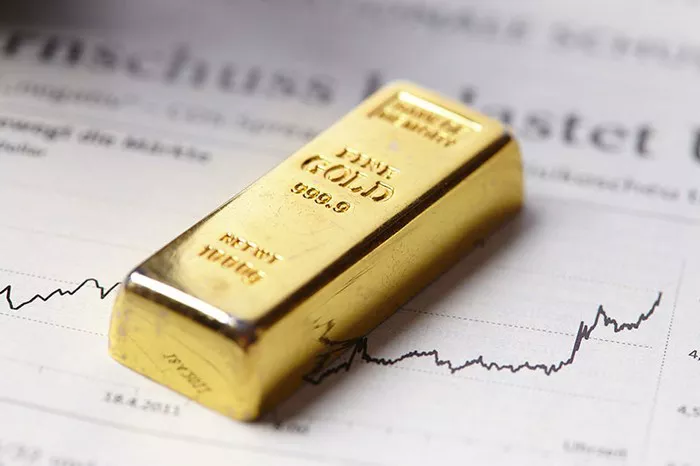Gold has long been a symbol of wealth, stability, and security. Investors often turn to this precious metal during times of economic uncertainty. But what does the future hold for gold prices? In this article, we’ll explore whether gold is likely to appreciate over the next decade and provide actionable insights for investors.
Historical Context: Understanding Gold’s Behavior
Gold has a rich history as a safe-haven asset, dating back centuries. Throughout history, gold has maintained its value, even during times of economic turmoil. For example, during the 2008 financial crisis, gold prices surged as investors sought refuge from volatile markets. Similarly, geopolitical tensions, such as wars or conflicts, often drive investors towards gold as a hedge against uncertainty.
Current Factors Impacting Gold Prices
Interest Rates and Monetary Policy
One of the key factors influencing gold prices is interest rates and monetary policy. Gold typically performs well in environments of low-interest rates, as it becomes less expensive to hold non-interest-bearing assets like gold. The Federal Reserve’s stance on interest rates, including rate cuts or hikes, can have a significant impact on gold prices. The recent record-high gold price of $2,135.39/oz in December 2023 is indicative of investors’ concerns about inflation and economic uncertainty.
Inflation and Real Yields
Inflation also plays a crucial role in determining gold prices. When inflation rises, the purchasing power of fiat currencies declines, leading investors to seek out assets like gold as a store of value. Additionally, falling real yields, which occur when nominal interest rates are lower than the inflation rate, increase the appeal of gold as an investment. J.P. Morgan’s forecast of a peak gold price of $2,300/oz in 2025 underscores the potential for further gains driven by inflationary pressures.
Anticipated Trends for the Next 10 Years
Fed Rate Cuts and Their Influence
Looking ahead, expected rate cuts by the Federal Reserve in 2024 could provide further support for gold prices. Historically, gold prices have tended to rise during periods of monetary easing as investors seek alternative assets to protect their wealth. Market expectations of future Fed policy will likely continue to influence gold prices in the coming years, with the potential for sustained upward momentum.
Economic and Geopolitical Uncertainty
Gold’s status as a safe-haven asset is likely to remain intact amid ongoing economic and geopolitical uncertainty. Its low correlation with other asset classes makes it an attractive option for diversification within investment portfolios. Geopolitical tensions, such as conflicts between nations, can also drive demand for gold as investors seek refuge from geopolitical risk.
Investment Advice for Readers
Diversification and Risk Management
For investors looking to protect their portfolios against market volatility and economic uncertainty, diversification is key. Allocating a portion of one’s portfolio to gold can serve as a hedge against downturns in other asset classes. However, it’s essential to remember that while gold can act as insurance during market downturns, it is not immune to short-term volatility.
Long-Term Perspective
When considering gold as an investment, it’s important to maintain a long-term perspective. While short-term price fluctuations are inevitable, gold has historically demonstrated its ability to preserve wealth over the long term. While predictions of gold reaching $17,000 by 2032 may seem ambitious, investors should focus on the fundamentals and the role gold plays within a diversified portfolio.
Conclusion
Gold’s future remains uncertain, but its historical resilience suggests it will continue to play a vital role in investment portfolios. As investors navigate the next 10 years, understanding the dynamics of gold prices and making informed decisions will be crucial. Whether it’s for wealth preservation or portfolio diversification, gold is likely to shine bright in the years to come.


